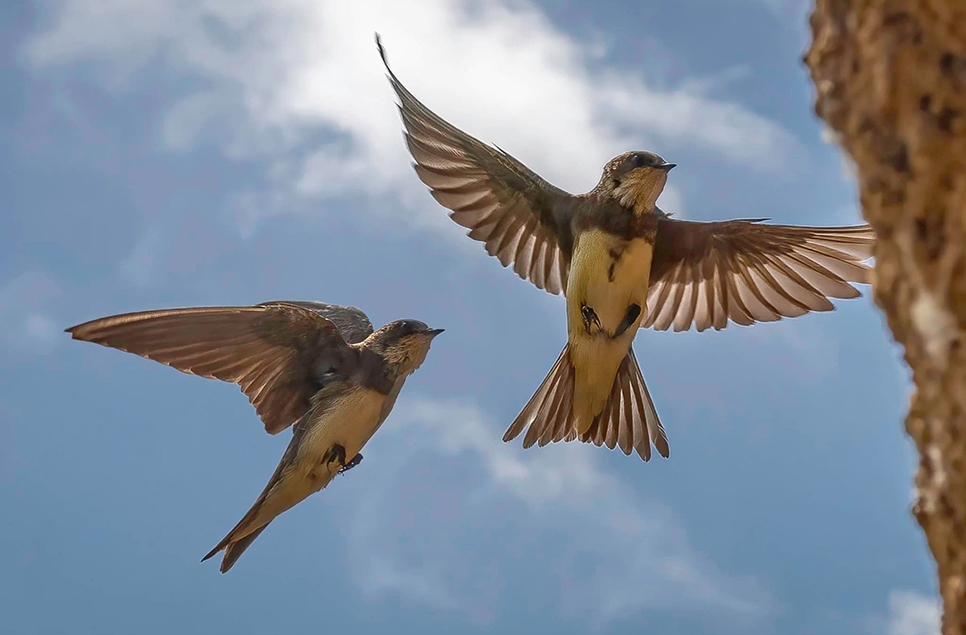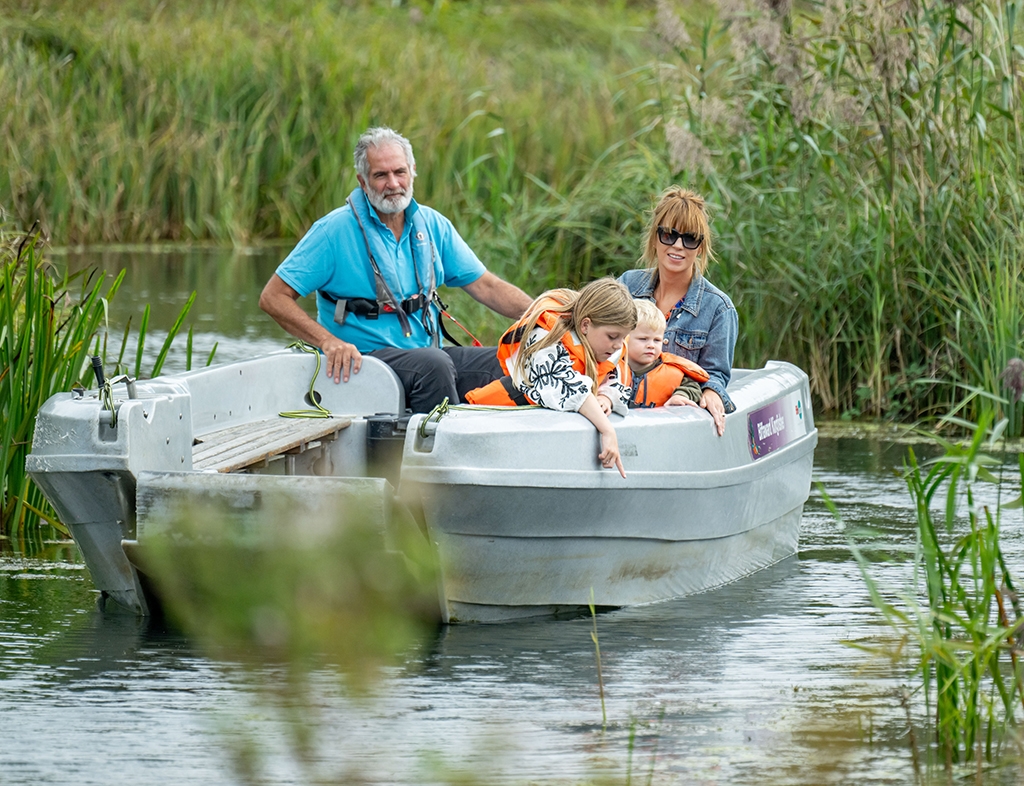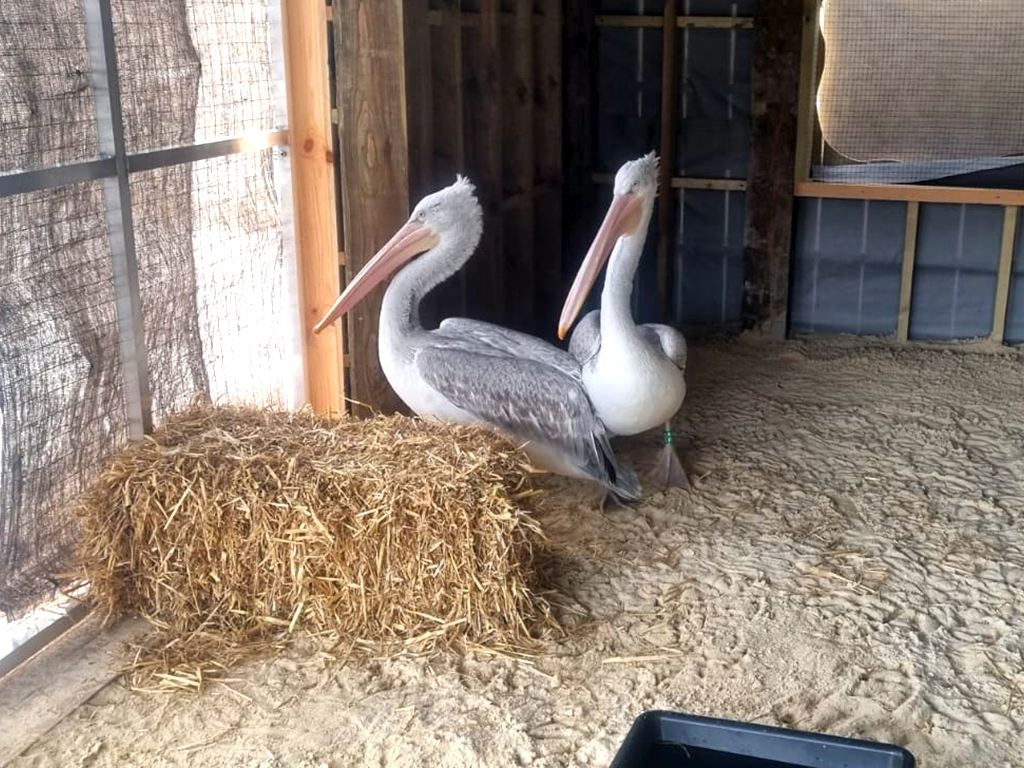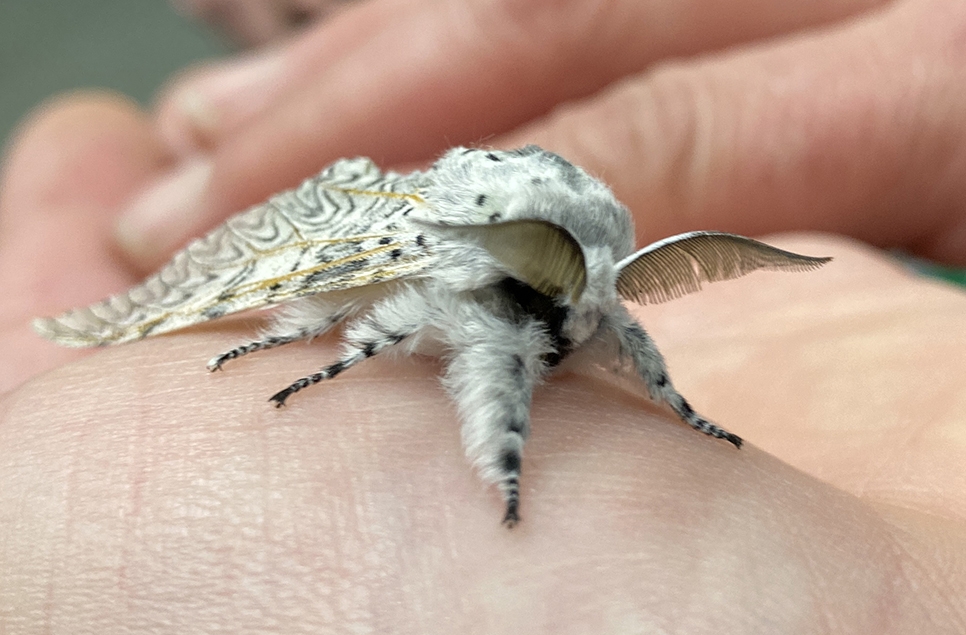Roosting harriers and egrets on Arundel afternoons
Harriers and egrets roosting on the winter afternoons, so we've added 3 new Evening Roost dates
Our Evening Roost events in early this November once again have proved popular with our visitors! Fine weather on Saturday 8 Nov had four marsh harriers overhead at once with 12 seen in total. A kingfisher was showing well at the Ramsar hide, with a firecrest spotted onsite and a red wings flock moving through. Loads of cattle, little and great egrets were onsite during the day and evening. Tawny owls hooting a chorus for leaving visitors was sounding in the car park,too. The Wednesday 6 Nov event had drizzly weather so less wildlife was spotted.
After all your feedback and great attendance, we have added three additional Evening Roost events to our calendar for January and February 2025.
The best spots to see the harriers is from the comfort of the Scrape hide or along the long path between for uninterrupted views of the whole sky. Our Reedbed hide is currently being converted into a reedbed viewing platform which may be ready for our January event roost events..
Harriers began roosting at Arundel Wetland Centre in 2017 with just two marsh harriers. In 2018 the number of marsh harriers regularly hunting and roosting on the reserve increased to six, then to eight in 2019 and 2021. Last year we had up to 12 harriers on a day.
Reserve Manager Suzi Lanaway spends chilly hours in the Scrape hide on a Sunday once a month to do the official count from WWT Arundel for the monthly Harrier Roost Survey run by The Hawk and Owl Trust. In recent years the harriers at Arundel are the largest roosting population recorded in Sussex and the fifth largest concentration of marsh harriers in the Essex-Kent-Sussex area.
Suzi Lanaway said: “The steady number of harriers on our wetland reserve is great news because it shows we have the balance right for managing our wetland habitats.”
The presence of the marsh harriers also indicates the Arun River Valley to be a healthy ecosystem as a whole. To support a large number of hunting raptors like the marsh harrier there must be a multitude of small birds, fish and mammals in the area - to support that population there must be hoards of healthy plants and insects to feed on.
Visitors may see marsh harriers from the hides at Arundel Wetland Centre from about 3 pm-4.15 pm. onwards The harriers fly low over the reedbeds, making a few passes before landing. We recommend you bring your binoculars. We ask that visitors be back inside the centre when Arundel Wetland Centre closes at 4.30 pm. Our three new Evening Roost dates on January 18, 25 and February we stay open until 5.30 pm with last admission at 4.30 pm.
Ready to come and see the marsh harrier roost? If you've been inspired to explore Arundel Wetland Centre, find out more and book your visit online.



